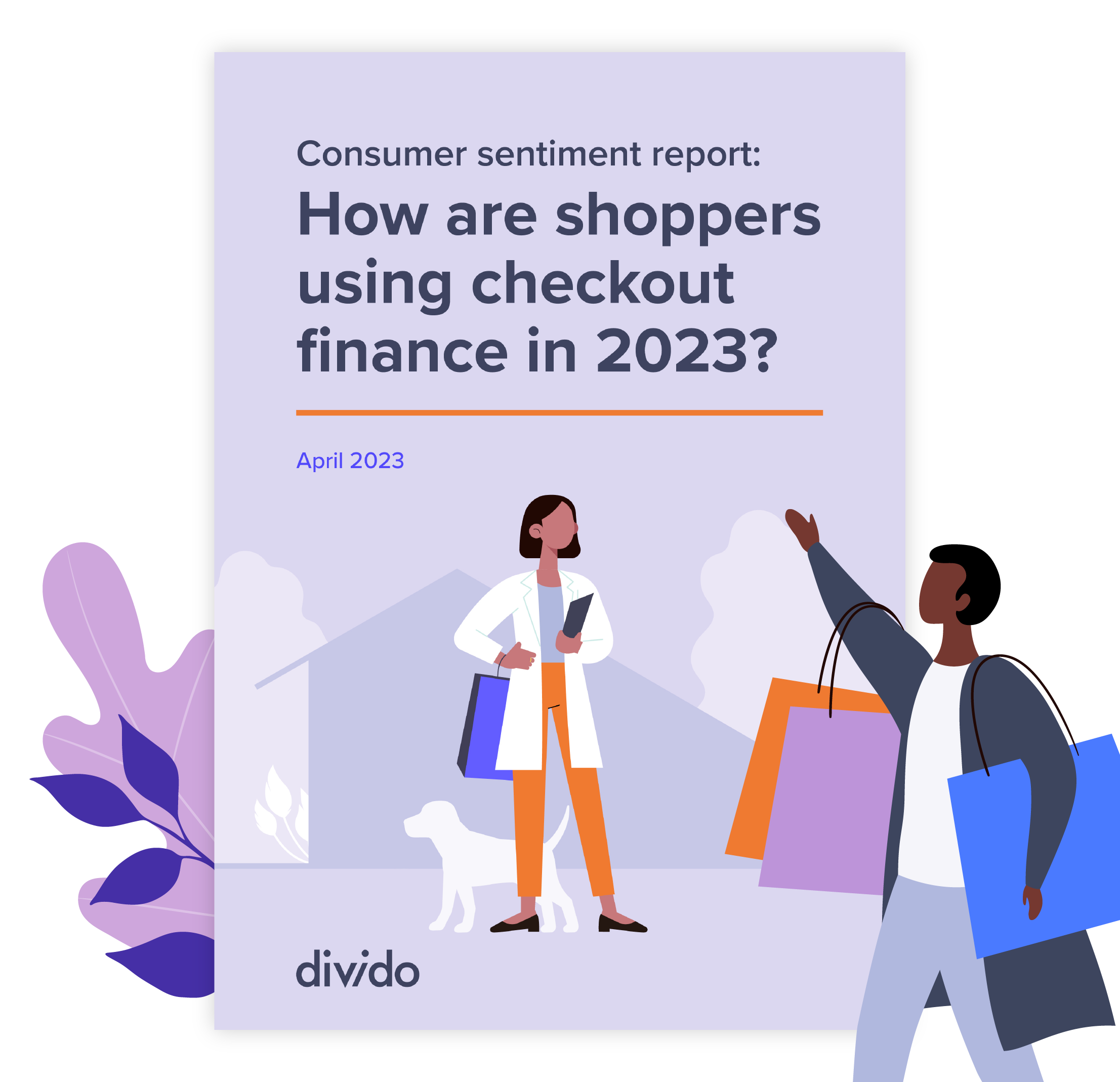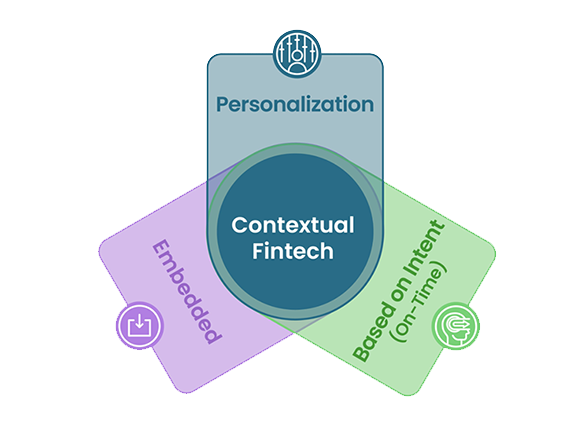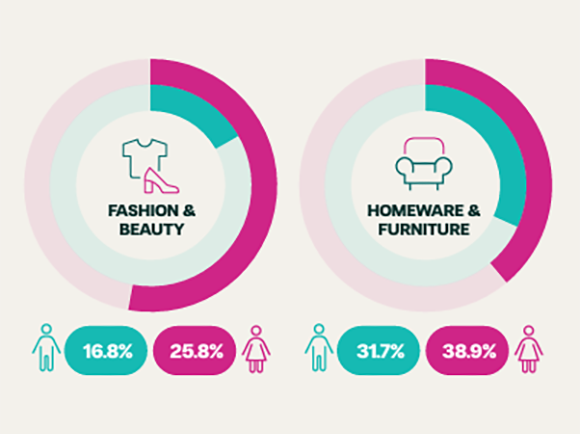How are shoppers using checkout finance in 2023?
Written by Marketing Team

How is Buy Now, Pay Later shaping consumer spending habits in 2023? What do people think about this form of payment? And more importantly, will they keep using it?
These are the questions we set out to answer in our latest white paper.
Based on our own proprietary research of 2,000 shoppers in the UK, we have learned some essential statistics that will help to make sense of both the current state of the Buy Now, Pay Later sector, and the direction it seems to be heading in.
This new whitepaper makes essential reading for anyone with a vested interest in checkout finance, whether you are a merchant, a lender or a shopper yourself. You’ll find stats to uncover how and where customers are choosing to spend their finance, how Buy Now, Pay Later is shaping their spending behaviour at the till, and how they perceive the sector.
The background
While retail finance has been a thriving market for decades, dominated mainly by the furniture and electronics sectors, it was not until the explosion of interest in Buy Now, Pay Later (BNPL) during the COVID-19 pandemic that the industry experienced its first significant disruption.
At that time, online shopping and digital payment usage skyrocketed, and with it came the dizzying rise of BNPL.
BNPL quickly became the fashionable nomenclature for all forms of retail finance. However, BNPL differs from ‘traditional’ retail finance by many degrees: loan values are capped at low amounts; finance is lent without the need for a full credit check; repayment periods are short, usually only a few months. In retail finance loan values are high; hard credit checks are standard; repayment periods can be up to ten years.
The two payment types are quickly blending into one. BNPL is becoming more highly regulated, while retail finance is taking learnings from the fast-moving BNPL sector, particularly in the realm of user experience.
This is not hard to believe. Most big-name retailers, especially here in the UK, have implemented some form of BNPL or retail finance at their checkout. Divido’s own research in November 2022 found that 76% of large retailers in the UK had implemented at least one form of checkout finance (either BNPL or traditional retail finance), with 27% offering multiple solutions.
What do consumers say?
This is all well and good, but is the demand for checkout finance as strong as the supply? This is what we at Divido set out to discover.
In February 2023, we surveyed 1,993 members of the British public using a representative sample of genders, ages and home regions in the UK. We asked questions related to their usage of and sentiment towards checkout finance.
There was an interesting sociological context to this survey. After a turbulent 2022, Britain was plunged into the worst cost-of-living crisis in a generation and found itself teetering on the edge of a recession. Energy, food and fuel bills shot up while disposable incomes were squeezed. Retail sales volumes were 1.7% lower than their pre-coronavirus levels in December 2022.
A big question looming over our research, then, was whether customers believed checkout finance could help them to continue to purchase the products they wanted and needed, despite this short-term financial pressure. Moreover, did they consider borrowing (whether through BNPL, or any other form of consumer finance) to be beneficial to their lives and lifestyles?
The answer to these questions could help to reassure lenders, merchants and platform providers invested in checkout finance that their solution has longevity.
Download your free copy today
Discover the answers to these questions, and many more. Download your free copy of our whitepaper today to understand the state of Buy Now, Pay Later in 2023, with industry-leading statistics and commentary.
You might also
be interested in
Keen to know more?








